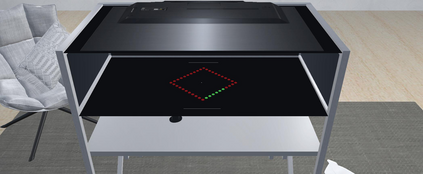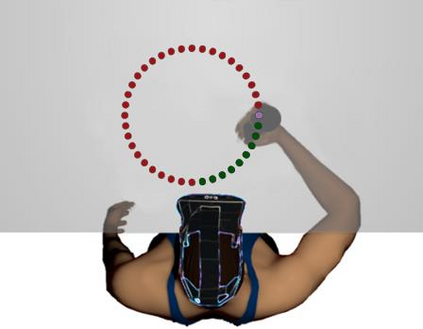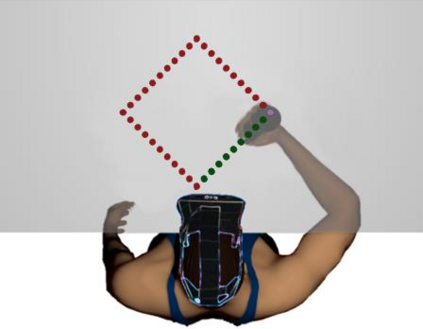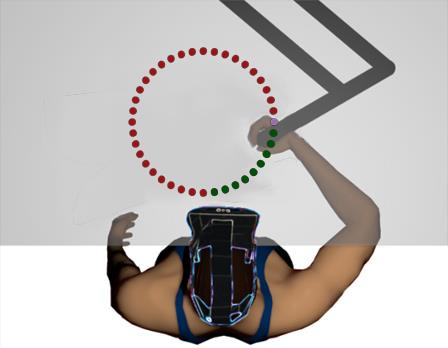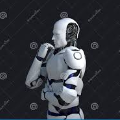Stroke patients often experience upper limb impairments that restrict their mobility and daily activities. Physical therapy (PT) is the most effective method to improve impairments, but low patient adherence and participation in PT exercises pose significant challenges. To overcome these barriers, a combination of virtual reality (VR) and robotics in PT is promising. However, few systems effectively integrate VR with robotics, especially for upper limb rehabilitation. Additionally, traditional VR rehabilitation primarily focuses on hand movements rather than joint movements of the limb. This work introduces a new virtual rehabilitation solution that combines VR with KinArm robotics and a wearable elbow sensor to measure elbow joint movements. The framework also enhances the capabilities of a traditional robotic device (KinArm) used for motor dysfunction assessment and rehabilitation. A preliminary study with non-clinical participants (n = 16) was conducted to evaluate the effectiveness and usability of the proposed VR framework. We used a two-way repeated measures experimental design where participants performed two tasks (Circle and Diamond) with two conditions (VR and VR KinArm). We found no main effect of the conditions for task completion time. However, there were significant differences in both the normalized number of mistakes and recorded elbow joint angles (captured as resistance change values from the wearable sensor) between the Circle and Diamond tasks. Additionally, we report the system usability, task load, and presence in the proposed VR framework. This system demonstrates the potential advantages of an immersive, multi-sensory approach and provides future avenues for research in developing more cost-effective, tailored, and personalized upper limb solutions for home therapy applications.
翻译:中风患者常常会出现上肢运动障碍,限制了他们的日常活动。物理治疗(Physical therapy, PT)是改善运动障碍最有效的方法,但患者低参与度和参与治疗的挑战是显著的。为了克服这些障碍,将虚拟现实(Virtual Reality, VR)和机器人技术应用于物理治疗是很有希望的。然而,很少有系统能有效地将VR与机器人技术相结合,特别是在上肢康复方面。此外,传统的VR康复主要集中在手部运动,而不是肢体的关节运动。本文介绍了一种新型的虚拟康复解决方案,将VR与KinArm机器人和可穿戴的肘关节传感器相结合,以测量肘关节的运动。该框架还增强了用于运动功能障碍评估和治疗的传统机器人设备(KinArm)的功能。我们进行了一项初步研究,使用非临床参与者(n = 16)来评估所提出的VR框架的有效性和可用性。我们使用了双向重复测量的实验设计,参与者在两个条件下(VR和VR KinArm)完成两个任务(Circle和Diamond)。我们发现任务完成时间没有条件的主要影响。然而,圆形任务和菱形任务的规范化错误次数以及记录的肘关节角度(通过可穿戴传感器的电阻变化值)之间存在显着差异。此外,我们报告了所提出的VR框架的系统可用性、任务负荷和参与感。该系统展示了一种沉浸式、多感官的方法的潜在优势,并为研究开发更加具有成本效益、个性化的家庭上肢康复解决方案提供了未来的探索方向。



